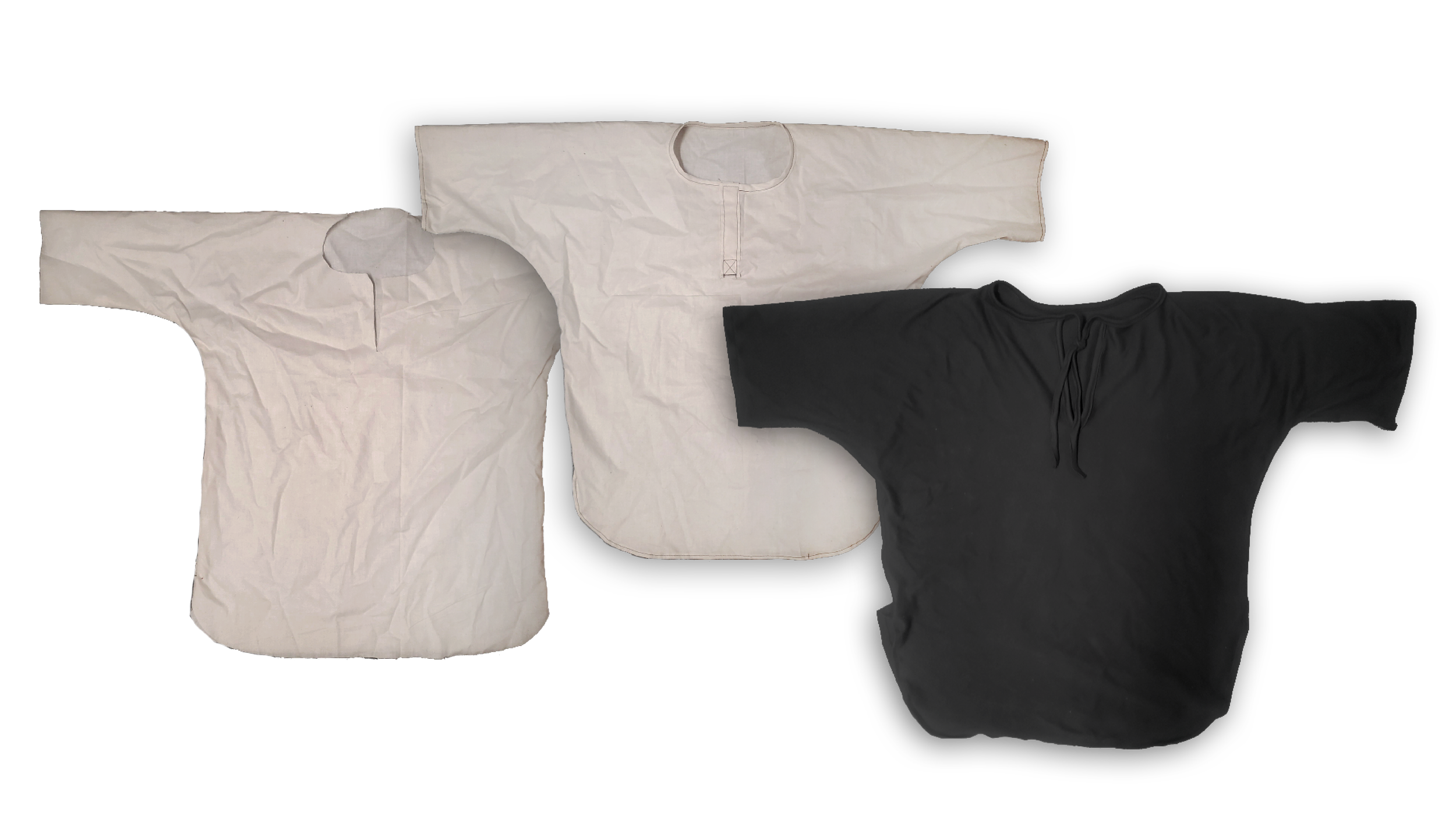
The Problem
With Producing Textiles
We make a lot of waste
On average, 13 million tons of fabric waste are burned or sent to landfills per year. If that waste could be reused or become another product we could greatly reduce our impact on Earth.
This textile waste doesn’t only come from clothes we throw out.
This waste is also from the manufacturing process. The patterns that are used to create clothes and other textiles are not 100% efficient. There is some waste material between each piece.
Where do our textiles come from?
The production of textiles and textile goods starts with the yarns that are woven or knit into fabric. These can come from natural sources such as cotton, silk, and hemp, OR they are created synthetically using petrochemicals. Neither process, natural nor synthetic, is great for the environment.
Farming uses a lot of water and chemicals to increase yield or protect against pests or other environmental factors. These chemicals can run off into nearby water systems and pollute the ecosystem.
Creating synthetic fibers such as polyester or nylon is far worse. Making these materials uses oils and other petrochemicals that are stripped out of the ground. The process of obtaining the raw materials is horrible. And producing the fiber isn’t any better.
The dyeing process is also harmful, for both fiber types. Typically the dying process uses massive amounts of water as well as harsh chemicals. The chemicals are frequently dumped into waterways and not treated.
The bright side of producing textiles.
Luckily organic farming and recycling synthetic fibers are becoming easier. There are even ways to create synthetic fibers from natural materials. There is an increasing number of ways to manage the pollution and waste of the manufacturing process. I wanted to create a system that utilized organic farming and would be able to manage the waste from manufacturing.
Managing The Waste
I wanted to come up with a system that could use textile waste and create new products all in one go. I looked into insulation, biodegradable fabrics, and upcycling. Unfortunately, all have flaws. However, I found a solution that could turn the excess fabric into food, insulation, packaging materials, furniture, car interiors, or almost anything else. This process is easy, extremely inexpensive, and sustainable.

A Solution
Rooted in Nature
Mycelium:
The vegetative part of a fungus or fungus-like bacterial colony, consisting of a mass of white branching filaments called hyphae.
By turning the old textiles into a substrate for growing mycelium, new products can be created such as insulation, foams, composite wood substitutes, vegan leather, and much more.
The Beauty Of This Solution
Creating mycelium is extremely easy. It’s nearly free. The mushrooms do all of the work. The textiles become a part of the mycelium and are consumed by the fungi, meaning that there is no more waste and the new product was created entirely from the old material.
Producing Mycelium
The textile waste would become a substrate after being sanitized, shredded, and inoculated with mushroom spores. This mixture would be added into a form and allowed to grow for up to three weeks depending on the form’s size. The resulting product would be released from the form, then the mycelium would be baked to stop further growth. This mycelium would be biodegradable, lightweight, impact-resistant, insulative, and flame retardant.
Mycelium can take multiple forms too. Using the right mushrooms, it can be grown into edible tofu-like foods. This same material can be compressed and cured to become vegan leather. Mycelium can grow into any shape and has been used as foam in car interiors, as well as insulation within buildings and homes.







Design
Of a Sustainable T-shirt
I was heavily inspired by modern takes on traditional Japanese clothing. I love the boxy shapes and simple construction. I also love the dark tones and soft appearance. These types of garments lend themselves to having little fabric waste during their construction.


Minimizing Waste
It took me a few iterations to land on the pattern above. It was very difficult to create a shape that would tessellate perfectly and have armpits that were comfortable. This pattern is also very easy to put together. Once cut out it is folded in half along the shoulder and sewn down both edges. Next bias tape is used to finish the sleeves, collar, and bottom hem.
The final design is simplified from version 3. It uses less fabric and is simpler to sew together. This pattern could be made quickly and cheaply if a light linen-weight fabric was used. Due to the flowy nature of this shirt, it is great in the summer, and for doing slow-movement activities such as yoga or Tai-Chi.








